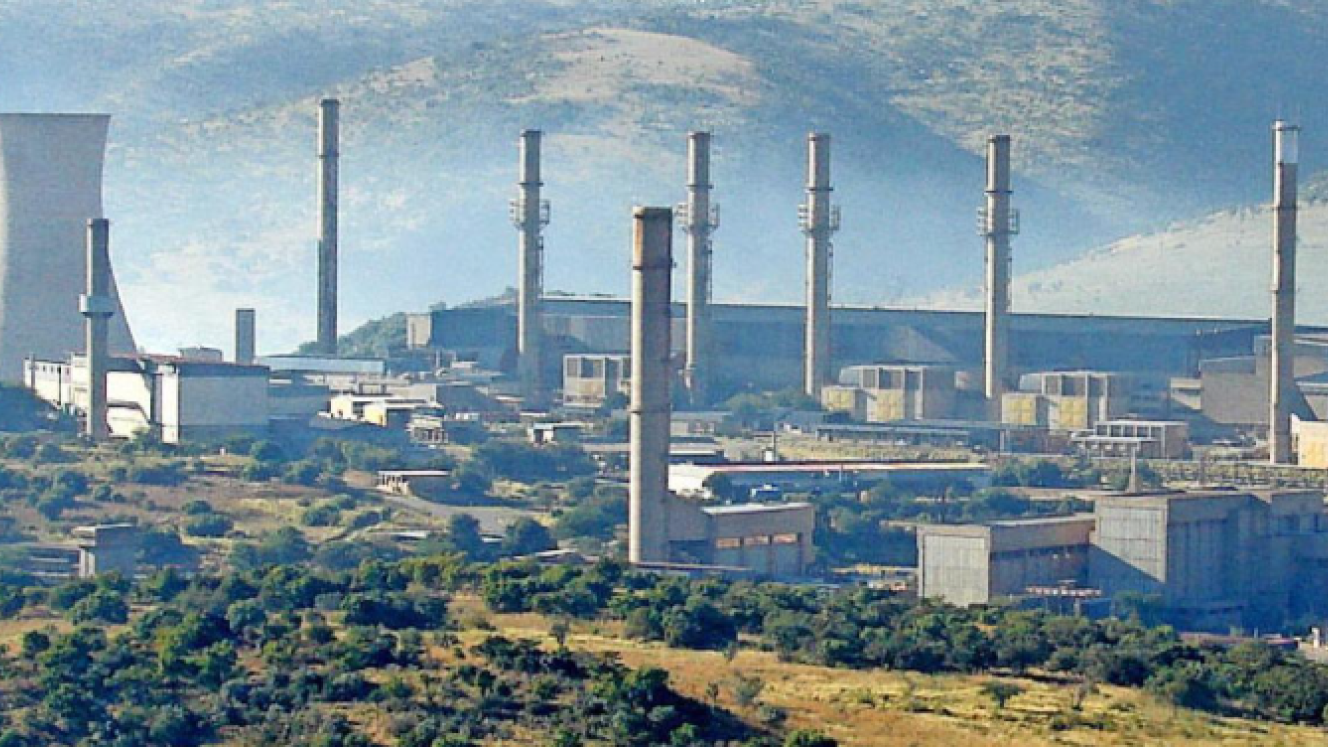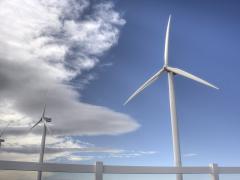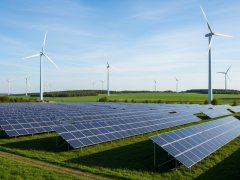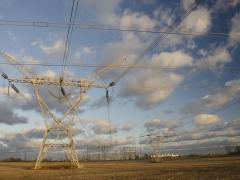South Africa can lower power system costs, accelerate renewable energy integration and meet its climate commitments – without costly new builds – by operating its coal fleet more flexibly, according to a new technical report by Meridian Economics.
Released on October 31 via an EE Business Intelligence webinar, Re-thinking the Future of South Africa’s Coal Fleet: The Value of Flexibility reframes the debate about coal plant life extension versus early retirement. It proposes a pragmatic third path: treating coal as dispatchable, seasonal capacity rather than inflexible baseload generation.
Coal flexibility refers to the ability of coal-fired stations to adjust their output to match changing demand, ramping up or down or operating efficiently at lower loads as renewable energy sources such as wind and solar expand. This adaptability improves system reliability and supports a smoother transition for coal-dependent regions.
Adapting an ageing fleet
Grové Steyn, MD of Meridian Economics, said South Africa’s coal fleet was designed for steady operation rather than flexibility.
“With renewables now at about 10% of generation, the system operator is already curtailing solar and wind output during midday peaks when renewable generation is highest,” he explained. “Eskom’s inflexible coal fleet, designed for steady baseload operation, can’t ramp down fast enough to accommodate renewables. These plants must keep running to meet morning and evening peak demand – driving up costs, coal use and emissions.”
This highlights South Africa’s growing need for more flexible, dispatchable capacity to integrate variable renewable energy, Steyn added.
Testing flexibility
Using an open-source power system model, the study evaluated coal flexibility across five plausible futures – ranging from inflexible to highly flexible – accounting for demand growth, fuel and carbon prices, technology costs and decarbonisation pathways between 2030 and 2050.
Interventions tested included lowering minimum stable levels, increasing ramp rates, enabling additional cold starts and optimising decommissioning schedules instead of following fixed shutdown plans.
Key findings
Across all scenarios, it remains cost-effective to progressively reduce the coal fleet’s capacity factor. Flexible operations – ramping down when renewables are abundant and up when demand rises – enable greater solar and wind integration while reducing reliance on costly gas turbines.
In contrast, an inflexible “must-run” coal system cannot adapt to renewable variability and faces mounting costs as carbon prices rise. Crucially, flexible coal emerges as a low-regret option in every scenario – allowing the grid to absorb more renewables, reduce curtailment and mitigate exposure to volatile coal costs and carbon penalties.
Aligning with climate goals
The modelling shows that a flexible coal fleet can fully meet South Africa’s decarbonisation commitments while an inflexible one cannot.
“An inflexible coal fleet could face severe penalties if other countries impose carbon trade barriers and advance their climate ambitions faster than we’ve seen to date,” said Emily Tyler, Meridian’s Climate Lead.
A key finding is that seasonal operation alone can deliver most of the flexibility benefits. Allowing each coal unit one additional cold start per year removes the must-run constraint – enabling shutdowns during high-solar, low-demand summer months and restarts for winter peaks.
This approach achieves between 50% and 90% of potential cost savings, depending on the scenario, while avoiding roughly one gigatonne of CO₂ emissions by 2050.
“These are likely low-capex interventions – largely about planning and scheduling rather than major plant upgrades,” Tyler noted. “They also create valuable maintenance windows improving reliability when plants are needed.”
By 2045, the study suggests, South Africa’s coal fleet could operate mainly between March and August – delivering significant emissions reductions without costly overhauls.
Reducing gas dependence
Greater coal flexibility would also curb South Africa’s need for new gas infrastructure. Across all scenarios, the least-cost energy system requires far less gas than projected in the Integrated Resource Plan.
As coal plants become more flexible – capable of multiple cold starts and lower stable loads – the system’s reliance on mid-merit and peaking gas plants diminishes, reducing import exposure and the risk of stranded assets.
“Inflexible coal becomes a handbrake on the transition,” said Tyler. “Flexible coal, by contrast, creates resilience and makes use of assets we already have. We don’t need to rush into risky new builds to unlock near-term value.”
Under a high-flexibility scenario, coal units capable of up to 12 cold starts per year begin to perform much like combined-cycle gas turbines, providing dispatchable capacity without fuel or infrastructure costs.
Policy alignment needed
Flexible coal should be treated as a policy priority with immediate measures such as seasonal shutdowns implemented without delay, Tyler added. However, success depends on how vesting contracts between Eskom Generation and the Central Purchasing Agency are structured.
“There must be clear incentives for flexibility,” she said. “If these aren’t built into the vesting contracts, or if the contracts inadvertently discourage flexible operation, it simply won’t happen. The opportunity is now as these vesting contracts are being finalised.”
With Eskom already assessing the feasibility of flexible operation, Meridian’s study recommends that seasonal shutdowns are prioritised in the utility’s ongoing investigations.













